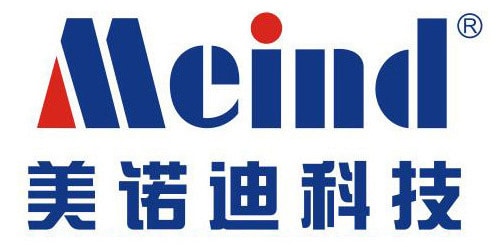Understanding How Modified Sine Wave Inverters and Pure Sine Wave Inverters Work
Both pure and modified sine wave inverters take 12V DC from a battery and turn it into something that approximates the AC power normally available from the wall outlets in your home or business.
AC stands for alternating current, which refers to the fact that AC power periodically changes direction. This can be visualized as a sine wave that gently rises and falls and swaps polarity instantly when it hits zero volts.
In pure sine wave inverters, the AC power produced by the inverter very closely matches an actual sine wave.
In modified sine wave inverters, In modified sine wave inverters, the polarity is very abruptly switched from positive to negative. The simplest inverters produce a square wave, where the polarity is simply flipped back and forth, while other modified sine wave inverters create a series of steps that more closely approximate an actual sine wave.
Since producing a modified sine wave is a much simpler process than creating a pure sine wave, modified sine wave inverters are typically much less expensive. The trade off is that some electronics just don’t work correctly, or may even be damaged if they aren’t powered by a pure sine wave.
